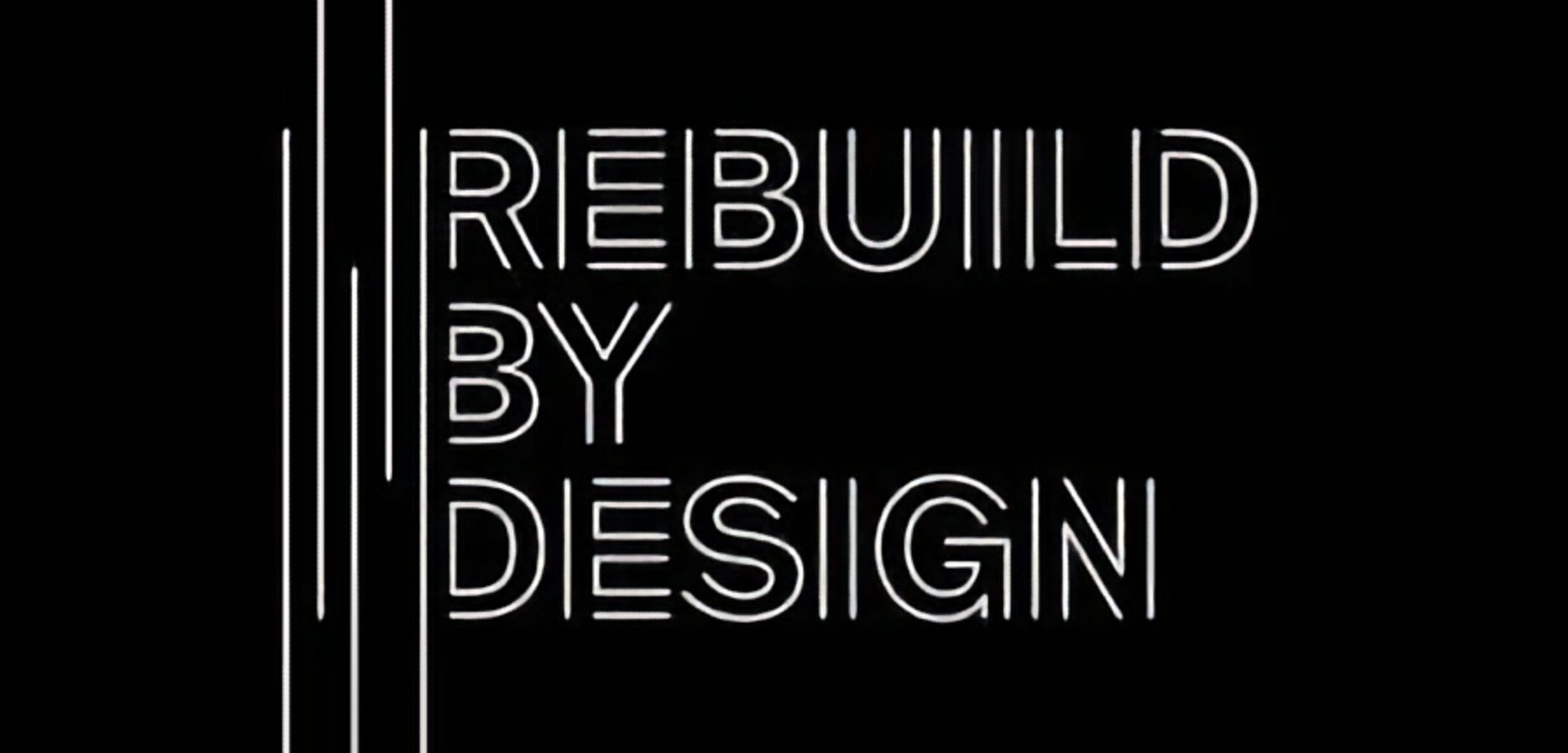New York Daily News: Last week, both Mayor de Blasio and Gov. Cuomo appointed task-forces and sector advisory councils to help inform how New York will come out of the COVID-19 crisis. However, there are no experts in a crisis we have never experienced before.
Our generation has never been through a global pandemic or a government-led shutdown and how New Yorkers respond in the months to come will have an impact on the generation to come. To have an effective and equitable recovery, we need to understand New Yorkers’ immediate needs and long-term aspirations. And the best way to do that is to ask them.
There is a playbook for this. After 9/11, our civic leaders organized Listening to the City, an acknowledgment that because the terrorist attack affected all of us, we should all have a say in what was to be built. A representative sample of 5,000 people who matched the demographics of the affected area were brought to the Javits Center for a day-long event where participants were able to share their personal experiences of the attack and discuss how they would like to see the World Trade Center site rebuilt.
Nearly as important as the tangible proposals for rebuilding was the opportunity for everyday New Yorkers to be included in reimagining their city. The event used technology and creative facilitation tactics to relay the ideas and proposals in real-time to understand the common themes that were being discussed at hundreds of tables. By the end of the day, the city’s initial plan for the WTC site was scrapped, and our government was sent to start over.
Years later, after Superstorm Sandy so damaged our city, we knew that building back what we had before would not protect us from future climate events. We needed an entirely new approach. The U.S. Department of Housing and Urban Development, the Rockefeller Foundation and a number of partner nonprofits came together to lead the Rebuild by Design Hurricane Sandy Competition.
The process was unlike any design competition; it elevated a cross-discipline process by matching international teams of designers, architects, engineers, scientists, academics, artists and writers with local communities to design, fund and implement infrastructure that would address the broad array of vulnerabilities that Sandy uncovered. It brought together 535 community organizations, 181 government agencies, and 25 universities to create projects like the BIG U, which is now being constructed in lower Manhattan.
I know how much local engagement matters because I was deeply involved in both of these efforts, and saw first-hand how New Yorkers’ ideas made the government plans more inclusive, transparent and stronger than they were when they began. We know we cannot bring 5,000 people into the same room right now, but we can use technology to create a feedback loop of ideas and opinions. Link to article>>
